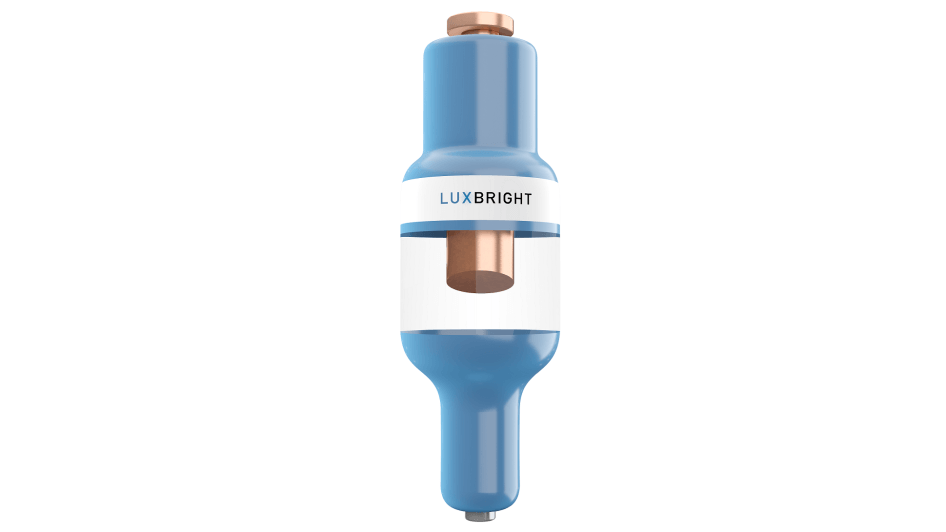Before stepping into the business of medical technology, Luxbright chief executive Greg Carson was a partner at Gothenburg-based fund GU Ventures. The firm had invested in several companies in the field, giving the Californian investor an intimate view of the opportunity that lay ahead.
It was through these interactions that he met Dr Qiu-Hong Hu, who had been working with different technologies like field emissions and material science.
“I built a relationship with Dr Hu,” he explained, “and said we need to do something because his science is quite good.” Dr Hu is a 20-year expert in field emissions and material science, and holds 15 patents in these disciplines as well as being a former chief scientist at Swedish cleantech company Lightlab.
Soon, the duo began a market study to see what sectors and applications could benefit from this knowledge. “What’s a sector that needs a lot of innovation? That has a lot of problems?” Carson told tech.eu. “That’s where we came up with x-ray.”
Now Luxbright makes nanotechnology-based x-ray tubes that it claims are of a higher brilliance and sharper microfocus, will reduce radiation, and will stay cooler for longer.
“We are able to make an x-ray tube that has a higher brilliance, which technically means there are more photons per millimetres squared,” continued Carson.

“We have technology that focuses the actual x-ray beam while simultaneously cooling the anode,” he said, adding that this means, in a medical setting, a brighter beam but less radiation on the body.
GU Ventures invested some money in the nascent startup before Carson left the firm entirely to become CEO full time while Dr Hu is chief scientist, leading the technical development.
Carson and Luxbright believe that the entire market for x-ray development has been slow to adopt innovation.
“I believe that the market has used the same tube technology for a hundred years and then 20 or 30 years ago they started to rotate the anodes to keep cool. Most of the tube manufacturers and designers are essentially engineers. I don’t think you have a lot of physics people in the R&D labs because it’s not a high innovation sector. Much like the lightbulb companies didn’t invent LEDs, it was one or two physicists that figured it out from the ground up.”
The main area that Luxbright is looking at for its technology is security, such as in airports and in mail rooms to detect the shape and density of potential explosives or weapons. It recently secured a €3.2 million grant from the European Union to build and develop a security-focused use case called ColdNano-X.
Airports in Europe are under growing pressure to increase security checks in the wake of several terrorist attacks across the country. A 2015 report from Frost & Sullivan showed that that the market for airport security globally is expected to reach $12.67 billion by 2023 but adding new layers of security means a slowdown in efficiency with some threats still seeping through the cracks.
“The emergence of new technologies in the x-ray sector are going to allow for new ways to reduce false negatives and false positives,” explained Carson.
“We’re testing with both high speed detectors with spectral detectors and photon counters,” he said. “We believe we’ll be able to have a device that can detect not only the shape of one metal but also density so that we can identify materials within the x-ray scanner. As it’s going through the detector, we can identify risky elements and get a high probability of what material we’re detecting.”
Having just received the EU grant, the company is aiming for an internal pilot to be ready within a year. While security is a major focus area for Luxbright, it will be further expanding its reach into the medical field too and in the new year, will begin fund raising for a new round of about €4 million, Carson explained in order to take advantage of the opportunity: “We went from science on a piece of paper to fully capable.”



Would you like to write the first comment?
Login to post comments